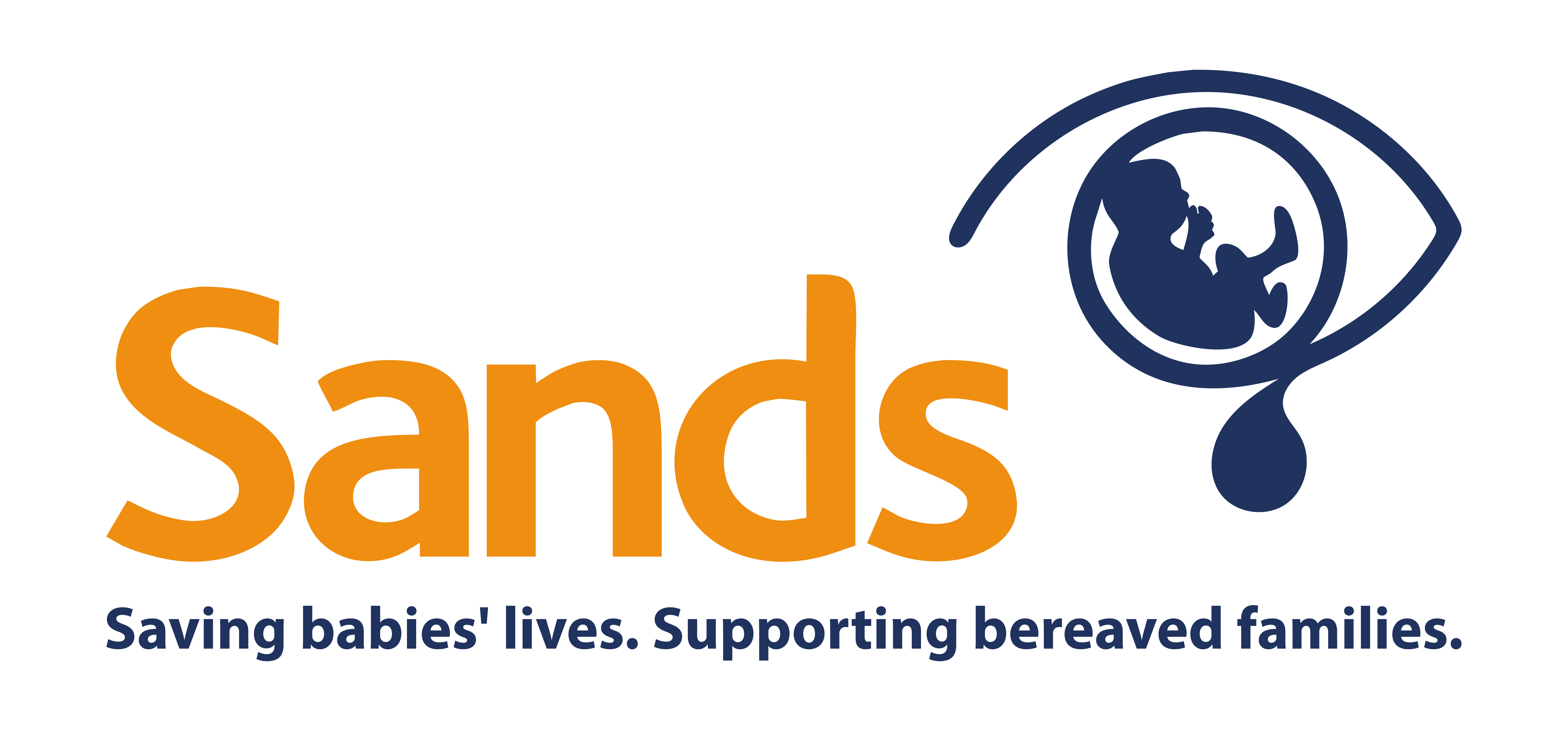Prediction and prevention of perinatal death
Background
This project aims to find a way of identifying babies at high risk of death in the womb or shortly after birth, so that they can be monitored more closely and delivered early if necessary. Effective preventive treatment could also lead to a reduction in the risk of death. Stillbirth is a tragedy suffered by the families of 1 in 240 babies in the UK. There has been slow improvement in this figure in the past two decades, and the UK still lags in 24th place out of 49 high income countries. Most stillbirths occur in late pregnancy: approximately one half after 34 weeks. We urgently need an effective way of identifying these babies, in order to implement appropriate targeted management to reduce their risk. Also, women whose babies are shown to be at low risk can be reassured, and their schedule of antenatal visits and scans tailored accordingly. In addition to the obvious clinical benefits to baby and mother, this would result in significant financial savings and allow focus on those most in need.
Why is the research needed?
There is no single test that can accurately predict the risk of stillbirth in pregnant women. Current national and international guidelines provide a list of risk factors based on clinical characteristics of the mother to assess their risk, but these have limited accuracy. Many studies have found an association between abnormal biochemical tests and stillbirth. Abnormal ultrasound findings of blood flow to the womb have also been shown to have some accuracy in identifying mothers at risk. Unfortunately, these individual tests do not perform sufficiently well on their own for them to be used routinely.
Perinatal death includes stillbirth and deaths within the first week of life, and it affects 1 in 166 babies in the UK. Existing evidence synthesis projects, where the published data from a number of similar studies are pooled and analysed together, on perinatal death have been unable to provide clear conclusions on the performance of the tests or prevention strategies.
What will the researchers do?
For this project, Dr Khalil’s research team will obtain the individual data of all participants in relevant studies, through the International Stillbirth Collaborative Network. The team has established a similar network comprised of more than 50 researchers, with access to data from over 500,000 women to date. Access to the individual data will allow them to take into account the many different factors that predict the risk of perinatal death and develop a scoring system (prediction model) to provide women with their individualised risk. As part of the project, the team will test the performance of this scoring system to ensure that it is reliable.
The plan is to also develop a tool or set of interventions to help prevent stillbirth, and this will be tested to ensure it is helpful for a large population of women. Overall, the scoring system and preventive tool will allow doctors and midwives to tailor the care, monitoring and any possible intervention for each woman.
A third part of the project will involve drawing up an evidence-based list of important outcomes (such as whether the stillbirth occurred during the pregnancy or labour, early neonatal death and late neonatal death) which researchers should include in future studies aiming at preventing perinatal death. The team will develop this list working together with the experts in stillbirth, patient representatives, and the international initiatives COMET (Core Outcome Measures in Effectiveness Trials) and CROWN (Core Outcomes in Women’s Health). This should improve the design and reporting of future studies, and make the results more useful.
What we expect from the study
- A scoring system to identify a woman’s individual risk of perinatal death
- A set of interventions appropriate for women with higher risk
- A set of definitions for use in future research looking into perinatal death
Research Papers
Additional Information
Lead researcher: Dr Asma Khalil, St George’s University of London
Sum awarded: £129,012
Other funding: None
Duration of study: 15 months, 1 Dec 2017–28 Feb 2019
